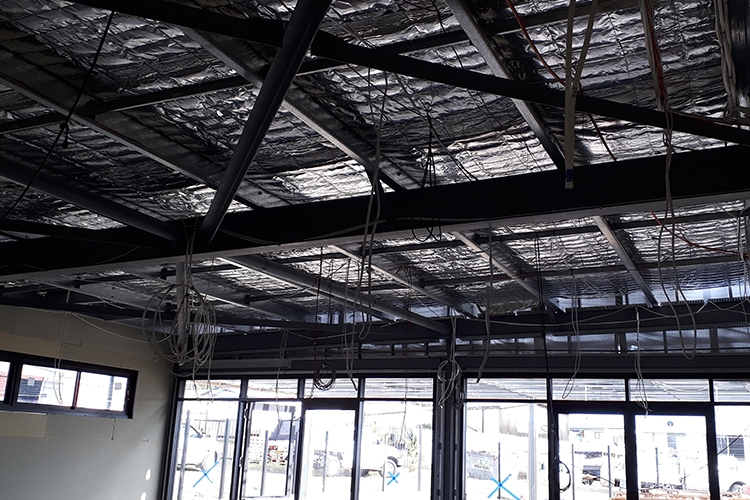By David Gear, director, head of major and complex loss (Scotland and Northern Ireland)
Many adjusters have found themselves in a common situation: whilst building sums insured and/or declared values are initially considered adequate, after testing, they are ultimately found to be insufficient. This is often due to adverse factors and unexpected issues. Now what?
When setting the level of cover for buildings, general advice given to policyholders is to include allowances for demolition and debris removal, the costs of reinstatement, professional fees and value added tax (VAT), if applicable. Generally, a straightforward calculation for which many insurers, brokers and external parties can provide advice, valuation services, reinstatement cost guides and other tools to assist.
Addressing fluctuations
Claim costs being adversely influenced by price increases and inflation isn’t unusual and is normally countered by inflation policy provisions such as index linking or with declared value types of cover. The current increases in building costs and timescales are well publicised and, in many cases, the aforementioned policy defences are proving insufficient.
The focus for this note is however on costs which mightn’t usually be expected and consequently haven’t been accounted for when the level of cover was initially set. The nature of these costs can vary significantly in value and are appearing more frequently on claims involving serious damage. The unexpected and unwelcomed introduction of these costs can result in the limit of liability/sum insured being exceeded — leading to uninsured costs and financial distress for the policyholder.
Understanding the level of complexity
Consider a hypothetical example that involves a disastrous fire at a commercial building on a street within a large and busy city centre. Let’s assume that the fire has damaged the roof. Given the risk to the public, the local authority can use their statutory powers to appoint contractors to make the building and surrounding area a safe environment. This may include removing loose debris and boarding up doors and windows. Roads would be likely to close, exclusion zones set up and traffic management introduced. Engineers would be required and time-related costs such as those relating to scaffolding, accessing cranes, perimeter safety fencing and security guards would be incurred.
To further complicate our scenario, following testing, Asbestos is confirmed as being present and consequently the debris being removed is now classed as contaminated, incurring higher disposal costs. Typically, the local authority will invoice these costs back to the owner of the building inclusive of their handling and administration fee. Given these works were done on an emergency basis, there would have been no opportunity for the policyholder to obtain competitive alternative prices.
Typically utilities would also be immediately disconnected. Delays and high costs for reconnection would follow, and in the meantime, temporary alternative supplies are needed for the initial damage assessment and emergency works, including drying. The example building is also confirmed to have a listed/graded status. What comes with this is the more onerous planning requirements, additional professional fees, extended repair timescales and restrictions on the method of repair and type of materials. For instance, the requirement to retain a façade or other original features would then need to be incorporated into a complex repair project at significant cost compared to the more economic option of a cleared site.
Moving forward
None of the factors detailed in this example are particularly unusual, however they’re seldom specifically accounted for within the calculated level of cover and can occasionally result in significant claim costs before any repairs proceed. Whilst our focus here is principally on buildings cover, several of the aforementioned factors could also affect other heads of claim. As we move into 2023, be mindful of these considerations and permit a generous contingency allowance for unexpected, albeit not uncommon, costs of this nature.

